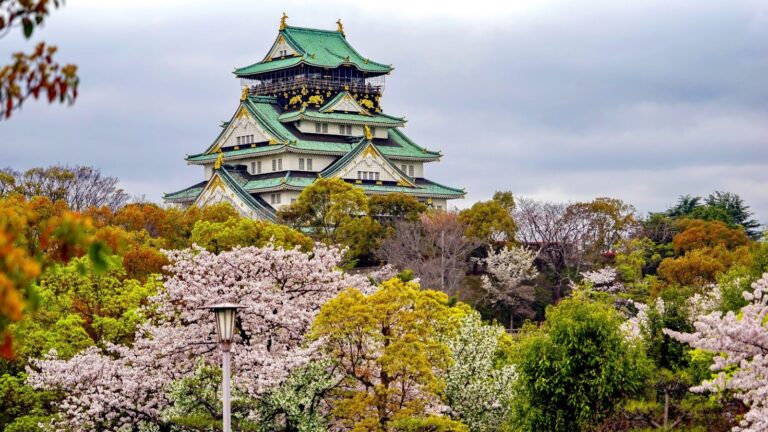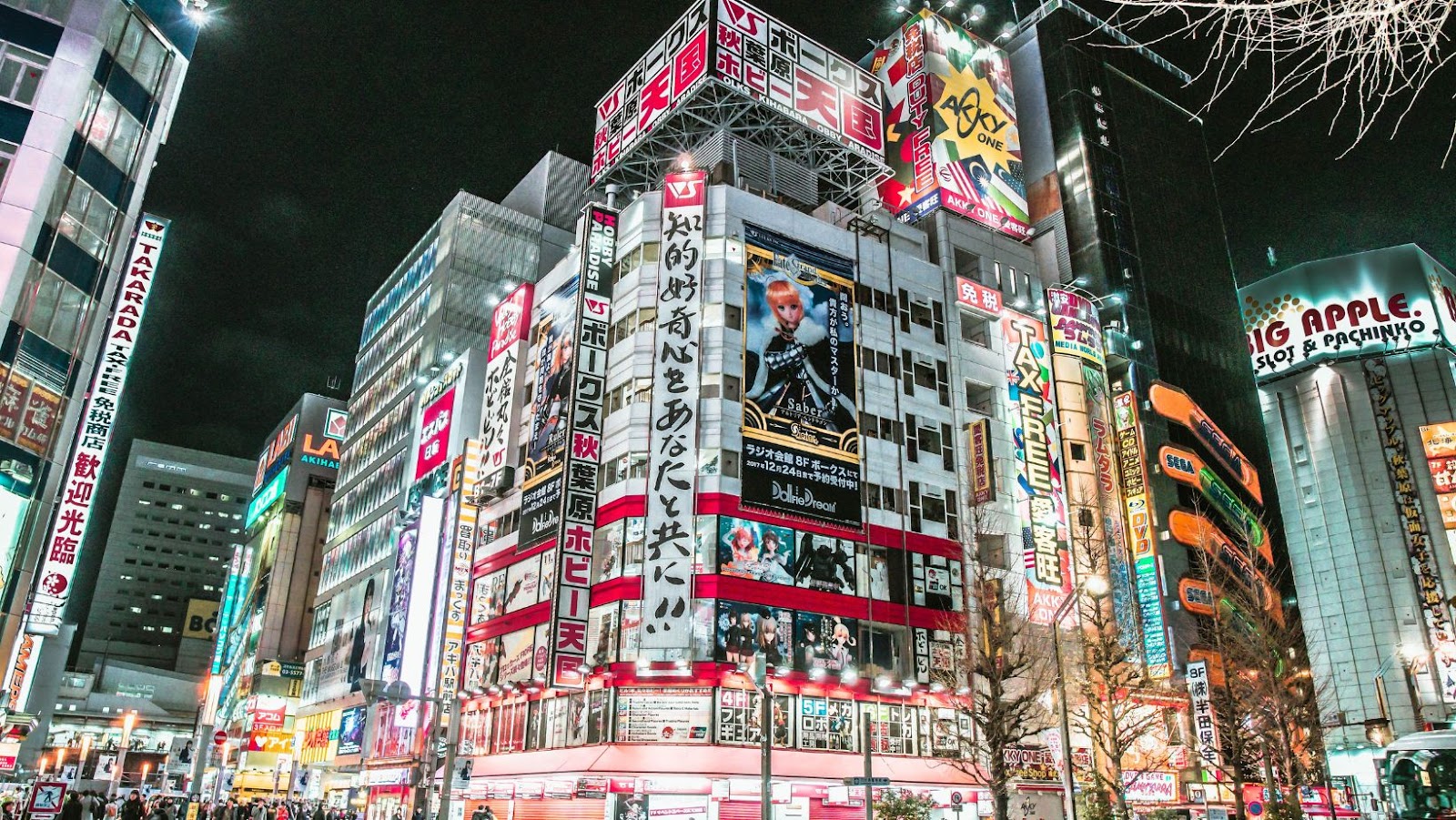To easily prepare for your first visit to Japan, take note of the essential pre-travel tips the article offers. To navigate this foreign country efficiently, obtain a visa and understand local customs. To have a smooth, stress-free trip, take the time to research and book your accommodation ahead of time. Learning some basic Japanese phrases and obtaining a Japan Rail Pass for more convenient transportation can also be helpful.
Obtaining a Visa and Understanding Local Customs
For first-time visitors to Japan, it is crucial to familiarize themselves with local customs and obtain a visa. Before applying for a Japanese visa, ensure your passport is valid for at least six months beyond your expected departure date. In addition to the visa application form, you may be required to prove sufficient funds and have a return ticket. Understanding local customs such as bowing and gift-giving is also important to avoid cultural misunderstandings.
Researching the different types of visas available, including tourist or business visas is essential. If you plan on visiting multiple countries during your trip, consider obtaining a Japanese multiple-entry visa. Furthermore, if you are caught violating your visa status, you can face severe consequences like being deported from Japan or being barred from reentry.
Another important aspect of understanding local customs is dressing appropriately for the occasion and respecting dress codes in public places like temples and shrines. Moreover, tipping and haggling are not commonly practiced in Japan. Always respect the culture and customs of the country while traveling.
Pro Tip: It’s always best to double-check visa requirements with official embassy websites before planning a trip to avoid any last-minute hassles.
Don’t let finding a place to stay in Japan become a game of Mario Kart – research and book ahead of time!
Researching and Booking Accommodation Ahead of Time
When planning your first visit to Japan, it is vital to research and secure your accommodation ahead of time. Begin by determining your budget and preferred location. Then, utilize online travel agencies and hotel booking sites to compare reviews, prices, and facilities to find the perfect fit.
It is essential to understand that accommodation in Japan fills up quickly, especially during peak seasons like cherry blossom or New Year’s celebrations. Therefore, booking early ensures you get the best options without overpaying or settling for less than stellar lodgings.
When booking your room, remember that Japanese hotels have a unique culture with variations such as vending machines for room keys or self-check-in kiosks. If unsure about any aspect of your accommodations, don’t hesitate to reach out and ask ahead of time before arriving.
Knowing what to expect from your lodging can significantly affect how you enjoy your trip. Enjoy comfortable amenities such as soaking tubs in onsens (hot springs), complimentary breakfast buffets or tea ceremonies hosted within the hotel premises.
By researching, comparing options, and booking early, you safeguard against unpleasant surprises while maximizing comfort within budget when visiting Japan for the first time.
Learning basic Japanese phrases is essential, unless you want to end up ordering raw fish when you thought you were asking for directions to the nearest restroom.
Learning Basic Japanese Phrases
Knowing Common Japanese Expressions is necessary for a seamless travel experience in Japan. Here are five essential tips to get you started:
- Learn basic greetings such as “Ohayou gozaimasu” (Good morning) and “Arigatou gozaimasu” (Thank you)
- Familiarize yourself with useful phrases like “Sumimasen” (Excuse me) and “Eigo de hanasemasu ka?” (Can you speak English?)
- Master ordering food with phrases like “Kore o kudasai” (I’ll have this please)
- Leverage free language apps or online resources to advance your vocabulary and comprehension
- Be patient and friendly while practicing these new expressions with locals!
Indonesian travelers may encounter unique challenges in pronunciation and tones compared to other languages they’ve learned. Therefore, it’s best to immerse yourself in the language as much as possible before departure.
Did you know? The Japanese language has no association with any other major language families, making it one of the world’s most unique languages.
Saving money on transportation in Japan is as easy as getting a Japan Rail Pass – but unfortunately, it won’t help you navigate Tokyo’s confusing train system.
Obtaining a Japan Rail Pass
For travelers to Japan, securing access to transportation is crucial. One way to do so is by acquiring a Japan Rail Pass, which provides unlimited travel on JR trains for a specific period.
To obtain a Japan Rail Pass, one must purchase an exchange order outside of Japan and then exchange it for the actual Pass after arrival. The table below outlines different options and their corresponding prices:
Ordinary Pass 7 days No ¥29,980
14 days No ¥47,250
21 days No ¥60,450
Green Car Pass 7 days Yes ¥39,600
14 days Yes ¥64,120
21 days Yes ¥83,390
It’s important to note that only foreign visitors to Japan are eligible for the pass and buying one can save travelers money compared to purchasing individual tickets.
Some regional passes are also available which are more cost-effective for certain travel itineraries. Be sure to research carefully before making your selection.
Pro Tip: Make sure to purchase your exchange order well before your trip as they cannot be purchased in Japan.
Get ready to eat through Japan’s culture, but be warned, you might need to loosen your belt a few notches.
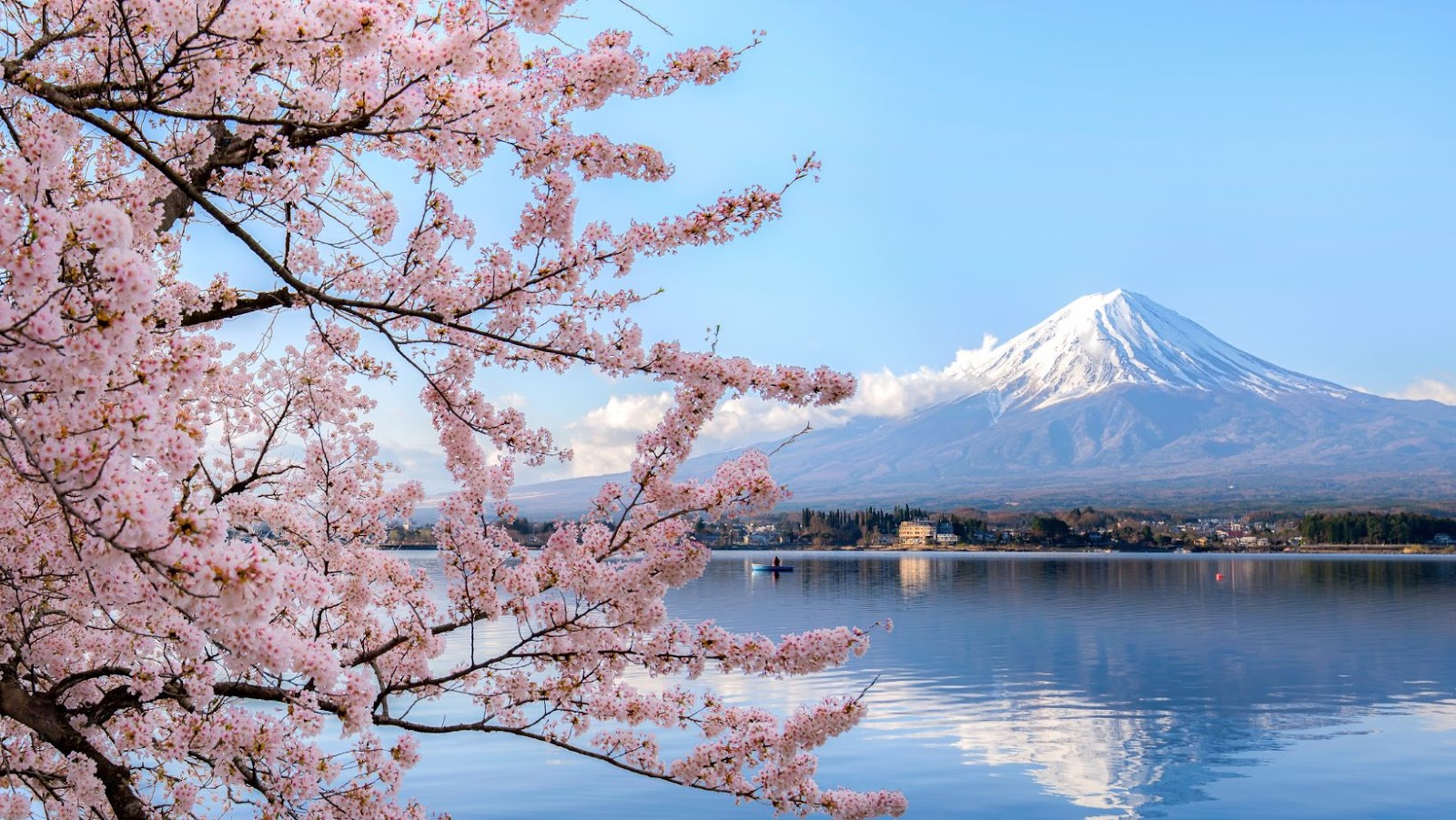
Exploring Japan’s Culture and Cuisine
To explore Japan’s culture and cuisine:
- Arm yourself with our interesting tips for first-time visitors of Japan.
- Discover the best ways to experience the country’s unique customs and food.
- Learn about visiting traditional shrines and temples, attending a sumo wrestling event, indulging in authentic Japanese cuisine, and experiencing Onsen (Japanese hot springs).
Visiting Traditional Shrines and Temples
Discovering Japan’s Rich Cultural Heritage through Traditional Temples and Shrines
Wandering through the intricate gates of Japan’s ancient temples and shrines gives an insight into the country’s cultural heritage. Visiting these timeless structures offers a glimpse into the past, with their unique architecture and religious artifacts.
Experience the Spiritual Atmosphere of Japanese Shrines and Temples
Shrines are usually dedicated to Shintoism, while temples represent Buddhism. Discovering the rhythm of a traditional prayer or witnessing a serene tea ceremony in these holy places enhances travelers’ understanding of Japanese customs. Visitors can also partake in Zen meditation, which helps them attain mental peace amidst beautiful natural surroundings.
Exploring the Intricate Architecture and Gardens
The structures at these holy sites showcase intricate designs, all made without utilizing nails or screws. The gardens following certain principles incorporate water flow, stones, seasonal plants, pagodas that symbolize heaven to create stunning scenery and offer visitors inner peace.
Unforgettable Experiences
Staying near shrines or temples is possible in guesthouses called “shukubo,” where visitors see how monks live their everyday lives aside from listening to recitations at dawn. Tourists can also participate in “omiyage” culture by purchasing limited edition snacks and charms available exclusively on temple grounds.
Visiting traditional shrines and temples is more than just sightseeing; it allows tourists to acquaint themselves with Japan’s rich cultural heritage while immersing themselves completely within spiritual calmness each visit brings.
Who needs WWE when you can watch Sumo wrestlers try to squat each other out of the ring?
Attending a Sumo Wrestling Event
Witnessing the Traditional Japanese Sport of Sumo Wrestling is an opportunity not to be missed. Sumo wrestling is a centuries-old sport that involves two wrestlers attempting to force each other outside a circular ring. At a Sumo Wrestling event, you will witness the wrestlers performing traditional rituals before the battles start. Then, observe their incredible athletic prowess as they try to push each other out of the circular ring.
The atmosphere at these events is electrifying, with fans loudly cheering on their favorite wrestlers and heckling their opponents. These events are often held in stadiums designed specifically for this sport. Spectators sit cross-legged on cushions, and concession stands sell traditional Japanese food such as bento boxes and rice bowls.
Unique details of attending a Sumo Wrestling event include seeing how wrestlers eat chankonabe. This protein-rich stew is prepared using different ingredients from fish, meat, tofu and vegetables. Also notable is how referees use hand signals to communicate with each wrestler during matches.
If you plan on attending a Sumo Wrestling Event, it’s suggested that you arrive early to soak in the atmosphere. Additionally, purchasing tickets in advance will allow you to reserve a good seat for the event since tickets go fast.
You haven’t truly experienced Japan until you’ve taste-tested every type of sushi and sipped on sake like it’s water.
Indulging in Authentic Japanese Cuisine
Indulging in the Delights of Japanese Gastronomy
Japanese cuisine is an art form that presents unique and refined flavors. It is prepared with precision, elegance, and utmost care. Presenting a fusion of traditional and modern techniques, the cuisine offers a one-of-a-kind experience to the culinary enthusiasts.
For an unforgettable gastronomic journey, let us explore the ingredients used in authentic Japanese dishes. Each dish offers distinct taste and texture, from soba noodles to ramen soup, sushi rolls to teriyaki chicken, sashimi to tempura. The cooking style is often minimalistic, yet it enhances the natural flavor profiles of premium ingredients.
Let’s discover some lesser-known culinary items like Okonomiyaki pancakes which are savory delicacies incorporating cabbage, meat or seafood into batter shaped as pancakes. Yakitori skewers offer a smoky barbeque experience consisting of bite-sized chunks of marinated meat or vegetables grilled over charcoal fire.
It is fascinating how food presentation plays a pivotal role in Japanese culture. At times edible creations look like art pieces that stimulate your taste buds and visually enchant you with their vibrancy on plates.
It’s worth mentioning that ‘Wagyu Beef’ from Japan is considered world-class due to its exceptional tenderness and complex flavor profiles. Raised under stringent conditions such as mandatory feeding regimes utilizing sake mash and massaging treatments, let Wagyu Beef be an added highlight on your list during your culinary adventure.
Fun fact: Did you know that UNESCO inscribed ‘Washoku,’ traditional dietary cultures of Japan on its representative list of ‘Intangible Cultural Heritage of Humanity’ in 2013?
Going to an onsen is like taking a dip in a simmering pot of communal human soup, but with a scenic view.
Experiencing Onsen (Japanese Hot Springs)
Visiting the therapeutic hot springs, locally known as Onsen, is an experience that should not be missed during a visit to Japan. These naturally heated mineral baths have been deeply ingrained in Japanese culture for centuries and offer numerous benefits to mind and body. In addition, many onsen are located in picturesque areas with breathtaking views making it a great way to truly relax and unwind from the daily humdrum.
When visiting an onsen, it is important to know the customs and etiquette surrounding them. Most facilities segregate men’s and women’s baths, requiring visitors to fully undress before entering. It is also customary to thoroughly wash yourself before slipping into the bath. The temperature can sometimes reach 42-43°C but dipping your feet in slowly will help you get acclimated gradually.
Not all onsens are made equal, some are within underground caves or perched high up offering panoramic scenic views etc. Each has unique features catering to different visitors, so make sure you research beforehand.
Pro Tip – Resist the urge to dunk your head under and submerge fully as this considered bad manners at almost all public onsens.
Good luck finding your way around Japan’s transportation system, it’s like trying to solve a Rubik’s Cube while riding a unicycle.
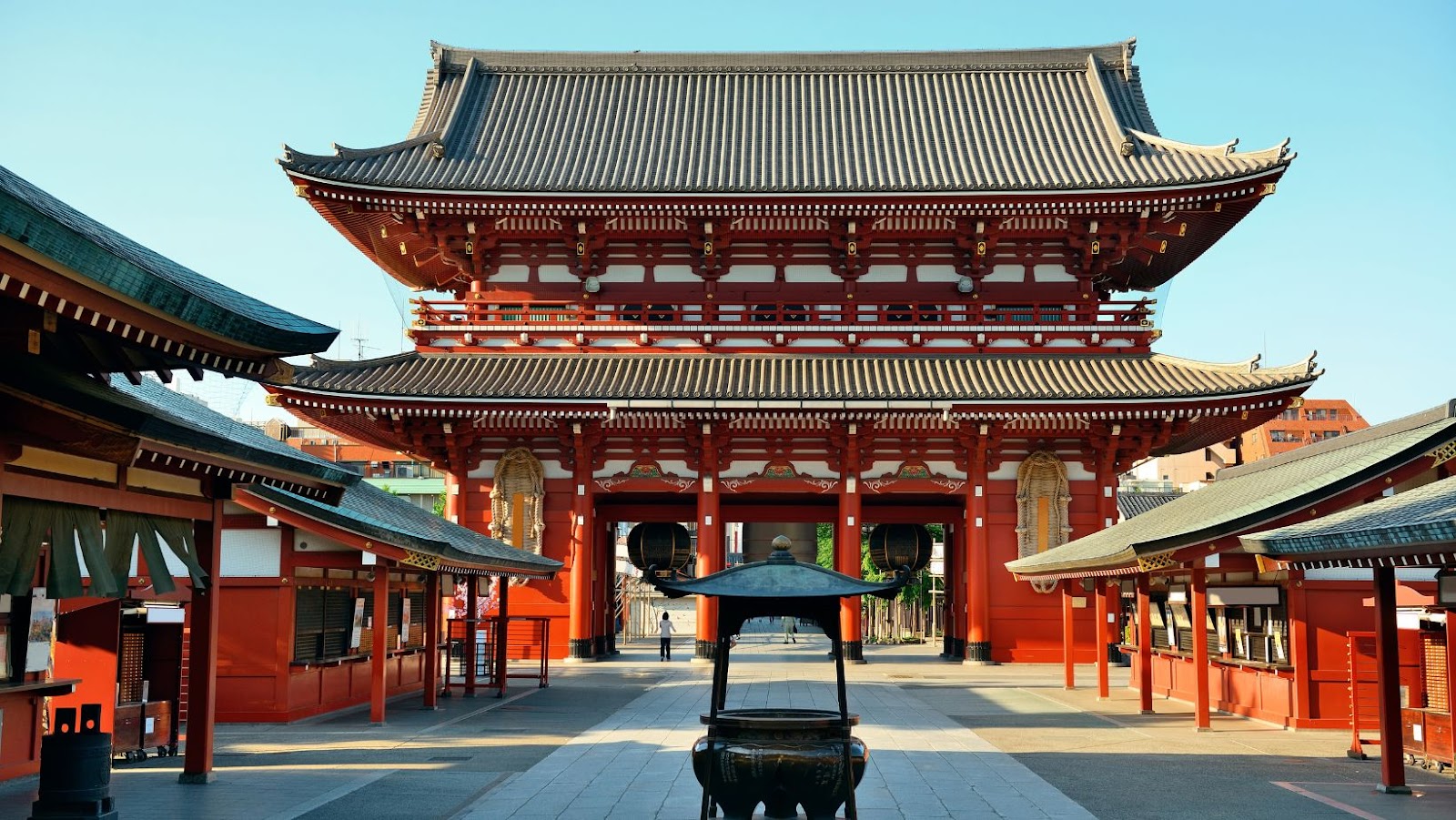
Navigating Japan’s Transportation System
To easily navigate Japan’s transportation system during your first visit, Interesting Tips For First Time Visitors Of Japan offers valuable insight. This section covers various modes of transport, including the Tokyo Subway system, bullet trains for longer distances, and even renting a bicycle to explore local towns.
Understanding the Tokyo Subway
Tokyo’s intricate Subway system can be overwhelming for first-time visitors. To navigate it successfully, one must first grasp the basics of its layout and operation. From multi-colored lines to numbered exits, taking the time to familiarize oneself with these elements will make using the subway an effortless experience.
When traveling in Tokyo through the subway system, passengers primarily need to understand the organization of stations by color coding for efficient traveling. Each line has a specific color on maps and at the stations themselves. Multiple lines may overlap in some areas; thus, location takes priority over individual subways when selecting routes.
Unique to most countries’ transport systems is Japan Railway’s Suica IC cards that operate under contactless technology and provide users with cashless options. In addition, it eliminates buying tickets for each journey, allowing easy entry and exit from stations but only works exclusively within Tokyo’s transport network.
Not only is there an organizational system within the station itself, but Google Maps offers an efficient way of mapping your travel routes if outdated travel booklets do not suit your needs or emergencies arise without time to prepare adequately. Incredibly easy to read and detailed until you figure out which train station matches which dot on any map guide.
Upon arriving at their destination, one user shared a story about their difficulty understanding how to leave the station properly because all signage was in Japanese at that specific station. Luckily there were helpful people nearby who spoke English and guided them safely outside – emphasized local customs highlight helpfulness towards tourists throughout all Japanese activities.
Get ready to feel like a superhero as you zip through Japan on the Shinkansen. Faster than a speeding bullet train!
Using Shinkansen (Bullet Trains) for Long Distance Travel
Shinkansen, or Bullet Trains, offer a fast and efficient way to travel long distances in Japan. Departing from major cities like Tokyo, Osaka and Kyoto, these high-speed trains can reach up to 320 km/h. With reserved seating and spacious interiors, Shinkansen provides a comfortable journey for passengers.
The JR Pass allows international tourists unlimited access to all Shinkansen trains for a set period. Making reservations in advance during peak seasons is recommended, as tickets can sell out quickly.
In addition to the standard seating, some Shinkansen trains offer Green Car seats with extra legroom and amenities like personal reading lights. There are also special observation cars with panoramic windows for scenic routes.
While riding Shinkansen, obeying etiquette rules such as turning off mobile phones and keeping noise levels low is important. In addition, train attendants provide food and drink services on board.
Once arriving at the destination station, transportation options such as taxis or local trains are available for further travel. Shinkansen’s convenient and reliable nature makes it an ideal choice for long distance travel in Japan.
Just remember, riding the Yamanote Line in Tokyo is like dating a popular person – you’ll have to fight through the crowds to get a chance to be close.
Riding the Famous Yamanote Line in Tokyo
The Yamanote line is a popular mode of transportation in Tokyo, known for its efficient and well-connected route. Its loops around central Tokyo make it an accessible option for commuters and tourists. In addition, the line provides access to major tourist destinations like Shibuya, Shinjuku, and Ueno. Its brightly colored trains run every few minutes, making it easy to hop on and off as needed.
During peak hours, the Yamanote line can get quite crowded, giving you a true taste of the hustle and bustle of Tokyo life. However, if you can get a seat, you’ll enjoy some beautiful city views from your window.
Its station melodies are unique to the Yamanote line, which are customized jingles played when arriving at each station. These melodies have become so popular that even recordings are available for purchase online.
Fun Fact: In 2018, JR East announced that they would redesign their trains for the first time in over 20 years, with new trains rolling out on the Yamanote Line in 2020. (Source: Japan Today)
Pedal power is the perfect way to explore Japan’s hidden gems, just make sure to watch out for wayward tourists and wandering sumo wrestlers.
Renting a Bicycle to Explore Local Towns
For those willing to experience Japan’s local towns to the fullest, taking a bicycle to roam around can be an ideal option. Below are a few points on renting a bike to explore local towns.
- Several rental shops with English-friendly staff are available throughout Japan
- Bicycle rental rates range from 500 yen to 1500 yen per day
- Certain establishments require a valid ID and deposit at the time of rental
- Be aware of traffic rules, as Japan is known for its strict regulations
- Explore less crowded areas such as countryside or suburban areas for picturesque views and peaceful rides
Taking advantage of touring lesser-known attractions like temples, parks, gardens, or museums is recommended while cycling around.
A Pro Tip: Using a bicycle navigation app is advisable to avoid getting lost and maximize your biking experience.
Your wallet will thank you for taking the local bus instead of a taxi, but your patience may not.
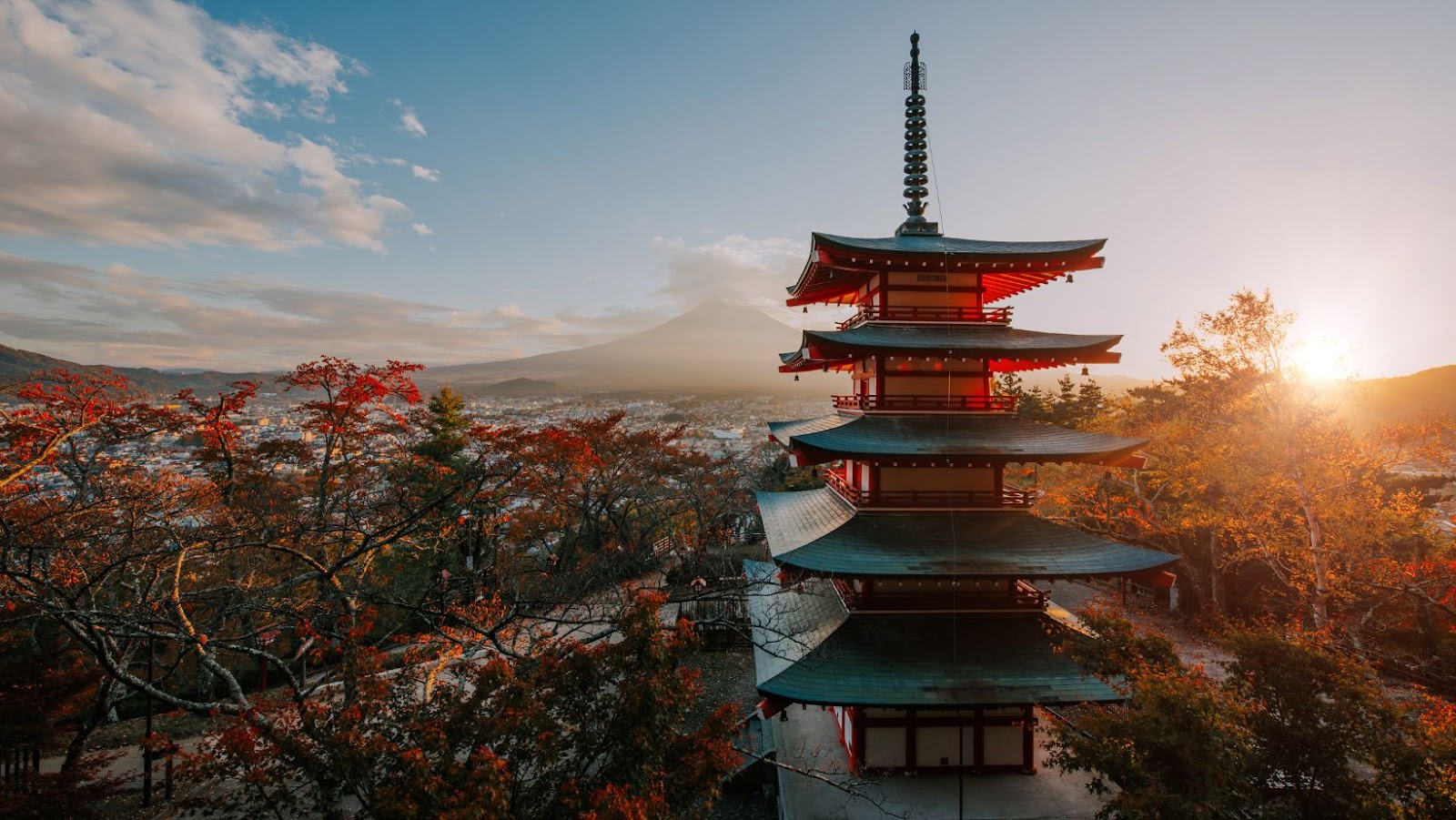
桜空ももの本気フェラ5分我慢できればふわふわおっぱいと生中出しソープで完全ご奉仕します!in 渋谷 ガチ素人さんと初中出し!!
To make your trip to Japan budget-friendly, use our tips in this section titled “Budget-Friendly Tips for Traveling in Japan.” Our sub-sections – Eating at Local Convenience Stores and Street Food Vendors, Shopping at 100-Yen Stores, Opting for a Capsule Hotel for Accommodation, Visiting Free Tourist Attractions – will provide simple solutions to keep your expenses low without compromising on the experience.
Eating at Local Convenience Stores and Street Food Vendors
When exploring Japan, satisfying your cravings might require some financial planning. A great option is to indulge in local treats from small stores and street vendors that offer convenience and affordability.
- Check out 7-Eleven: This national brand is a go-to for Japanese locals and travelers. They offer a wide range of foods, such as bento boxes, onigiri, sandwiches, and sweets. Prices are reasonable ranging from 100-500 yen.
- Local supermarkets: Be sure to explore the aisles of a local supermarket to find unique snacks that can’t be found elsewhere. Vegetarian options are available but not widely distributed.
- Takeaway food stalls: Street vendors use Japanese ingredients and traditional methods to cook delectable meals. Some examples include takoyaki (octopus balls), okonomiyaki (savory pancake), or yakitori (grilled chicken skewers) many costing between 200-500 yen.
- Ramen shops: If you’re a fan of comfort soups, ramen shops offer simplicity in their dishes but pack a flavorful punch. Look for vending machines outside for quick ordering. Most bowls range from 700-1200 yen.
Japan offers unique cuisines throughout different regions that might become overwhelming when splurging on extravagant eats during your travels. Still, with these budget-friendly options, you can delight your senses without denting your wallet.
When looking at the big picture, these small expenses add up quickly so planning can benefit long term finances.
Get ready to stock up on all the essentials without breaking the bank at 100-yen stores, where even the prices are in budget-friendly yen.
Shopping at 100-Yen Stores
Shopping at Japan’s 100-yen stores is a smart move for those on a budget. Here are some benefits of shopping in these stores:
- A wide range of products is available, such as cosmetics, snacks, kitchenware, and stationery.
- High-quality products for reasonable prices.
- Products are sold in small amounts, allowing travelers to buy only what they need.
- Bargain deals such as ¥300 for 10 items or less than ¥100 per item can be availed.
- The stores often have foreign language support, making it easy for non-Japanese speakers to shop around.
- Most of the items sold are lightweight and compact, making them ideal souvenirs to carry back home.
Using 100-yen stores ensures that your budget stays intact and offers diverse options with their wide range of products. However, it is important to note that certain items may only be available in limited quantities and popular stores may get crowded quickly.
Pro Tip: Use cash when purchasing as many 100-yen stores do not accept credit cards.
Sleep like a sardine in a can, but for a fraction of the price – welcome to the world of capsule hotels!

